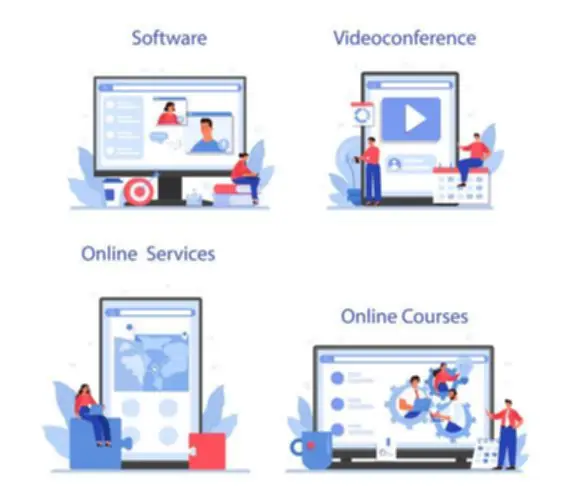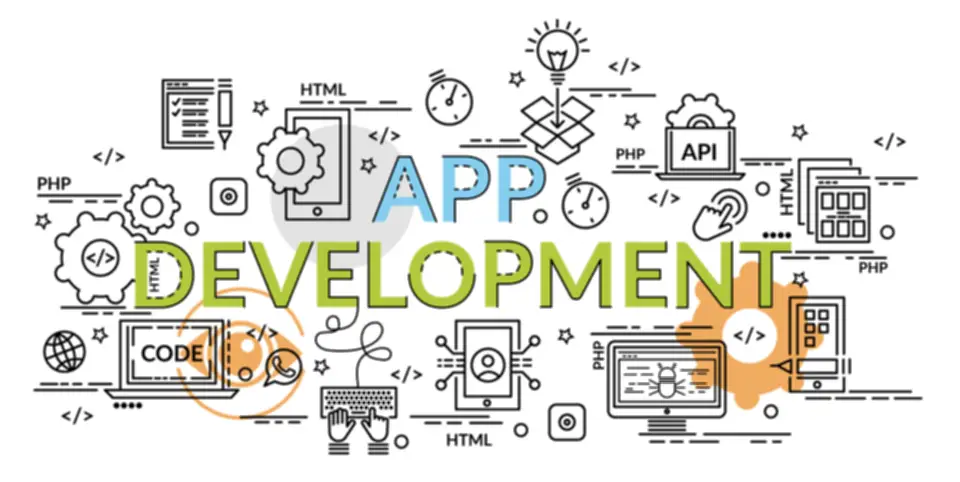In fact, based on a recent report, the worldwide BaaS market was valued at $2.forty one billion in 2020 and is projected to succeed in $11.34 billion by 2030. Open banking APIs allow separate applications—and even financial establishments and fintech vendors—to interact with one another and share information. With an API, the software program from the financial institution communicates with the software https://www.cyber-life.info/lessons-learned-about-17/ from the fintech. That method, regardless of completely different software, the bank and the fintech share monetary information securely, eliminating the necessity for duplicate entry and time-consuming handbook processes. Open Banking permits banks to host accounts and supply transaction strategies for monetary and non-financial companies to embed into mobile applications. Banks present a set of Banking as a Service (Baas) merchandise utilizing expertise like APIs.
What Are The Variations Between Open Banking, Open Finance, Embedded Finance, And Baas?
Banking as a service (BaaS) could seem just like open banking, nevertheless it has a delicate difference. While open banking supplies entry to the financial institution’s customer knowledge, Banking-as-a-Service (BaaS) permits third-party entry to the financial institution’s performance. A real-life instance of an empowered embedder is Ben with their SaaS platform for worker benefits. Embedded finance options combine seamlessly with their software program giving the top user higher user expertise.

Open Banking And Api Banking Platform
- It additionally aims to provide customers extra management and ownership of their information, allowing them to move between financial service suppliers more easily.
- It’s time to deliver on what your prospects want, whether it’s with the power to open an account online, manage their accounts from anyplace, or finance their new set of wheels on the level of signing.
- By integrating these providers into their platforms, they eliminate the necessity for patrons to have interaction with third-party insurers, making the process quicker and extra handy.
- APIs act as building blocks for third events to develop buyer options.
- Furthermore, utilizing BaaS is usually more cost-effective than constructing conventional banking infrastructure, as companies can leverage scalable, cloud-based methods.
- The financial institution is the sponsor for these card programs and the fintech or non-fintech can brand and acquire clients for his or her programs.
Let’s dive into each in a bit more element to get a complete understanding of what separates banking as a service (BaaS) from open banking. Our mobile front-end provides a head start in growing your answer, with 80% pre-built parts and 20% customization on your fintech app. “Open banking is a foundational concept which will take longer to have an effect than its authentic boosters have predicted however will in time be way more disruptive than many anticipated,” Mifsud informed Verdict. Such rules, up to now, hindered innovation in the way in which the customers were served. In this text, we’re setting the report straight on API banking and addressing a few, basic questions to help break down what’s what and guide you on tips on how to correctly get began. It’s partly for these reasons that, in North America, the emerging de facto standard is FDX (Financial Data Exchange) with forty two million shopper accounts on the FDX API and adoption rising at a really fast tempo.

Buyer Acquisition And Retention
A banking practice that provides third-party entry to monetary data through open-source APIs. As a licensed holder, a bank can lend its charter to a fintech provider for a charge. The fintech then communicates with the bank’s infrastructure—otherwise often known as the BaaS Platform Provider—to use its monetary options or capabilities. In some ways, open banking APIs have revolutionized the financial industry by offering new ways for sharing data.
Ask Your Core Expertise Provider
This signifies that non-traditional banking firms, corresponding to fintechs, can leverage a bank’s existing core banking processes. It provides the principles on how third events can securely access and course of client financial information. Open banking is about encouraging competitors in the monetary providers landscape, giving consumers management of their information, and permitting individuals to share their information and knowledge securely. The BaaS mannequin begins with a fintech, digital bank, or different third-party supplier (TPP) paying a fee to access the BaaS platform. The financial establishment opens its APIs to the TPP, thereby granting entry to the methods and information essential to construct new banking products or provide white label banking services. Embedded finance is the combination of monetary services technology into platforms outside the monetary sector.
Open Banking And Embedded Finance: What’s The Link?

In the healthcare industry, patients can profit from embedded financial merchandise like insurance coverage or payment plans at the point of service. Similarly, in education, schools can integrate financial services into their portals, allowing students or dad and mom to pay charges or handle bills inside a unified dashboard. Traditional banks typically battle with outdated legacy methods that restrict their capability to innovate and respond shortly to market adjustments. BaaS allows banks to make the most of trendy, API-based methods, which streamline growth processes, reduce infrastructure costs, and improve knowledge safety.
Open banking has seen widespread regulatory assist, with PSD2 (Europe), CMA (United Kingdom), and UPI (India) enabling the release and sharing of data by banks in a secure, standardised form. Additional benefits for finish customers embody enhanced buyer expertise, better safety and more methods to manage their cash. • Facilitates entry to multiple functions and prompts the development time. BaaS is also referred to as embedded banking, and in reality, is a subcategory beneath the greater umbrella time period of embedded finance. Embedded finance and BaaS are each tools, typically software program solutions, that companies can incorporate, particularly to find a way to improve certain buyer outcomes, corresponding to gross sales, retention, satisfaction and more. An instance of BaaS may be a retail grocery chain that provides a branded debit card which allows customers to gather factors and rewards with each buy.
By leveraging a BaaS provider, fintech firms can expedite their financial services and products into the marketplace promptly, at a fraction of the price, and with no charter. Meanwhile, integrating with nonbanks allows financial establishments to capitalize on new revenue streams and expand their product choices. Nonbanks can improve their customer experience, enhance income and target new and under-represented buyer bases by providing monetary products and banking companies. Potential providers include bank accounts and bill funds to digital wallets, buy now pay later and pay as you go card issuance. Because there isn’t any scarcity of use instances for potential prospects, many believe BaaS is a key to future-proofing banks.

Open banking APIs have revolutionized the financial business, providing new methods of sharing data and enabling Banking as a Platform. This infrastructure allows monetary institutions to more readily “plug and play” with new options and choices corresponding to digital banking, faster payments, and digital lending. APIs are altering the banking world by enabling innovation, access, affordability and collaboration—all of which are crucial to compete in this new age. Banks that use APIs to companion with fintechs can supply ready-made solutions or collaborate to create new ones. Ultimately, these game-changing approaches to monetary companies assist monetary institutions bridge the legacy gap and leap to what’s subsequent. While “platform banking” involves a financial institution offering a expertise partner’s products to its prospects, Banking as a Service (BaaS) takes open banking a step further.
The two primary monetization methods for BaaS embrace charging clients a monthly payment for entry to the BaaS platform or charging a la carte for every service used. Embedded finance and BaaS models have accelerated the disruption of traditional financial systems while operating in distinctly alternative ways. Both depend on APIs to supply providers, however their aims, goal audiences, and overall impact on monetary transactions diverge. Banking as a service is rather more complete, because it basically allows third-party access to any and the entire bank’s functionality.
دیدگاهتان را بنویسید